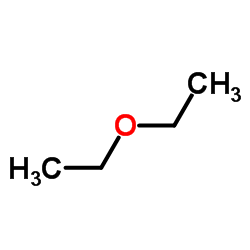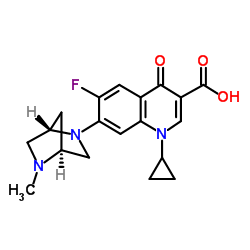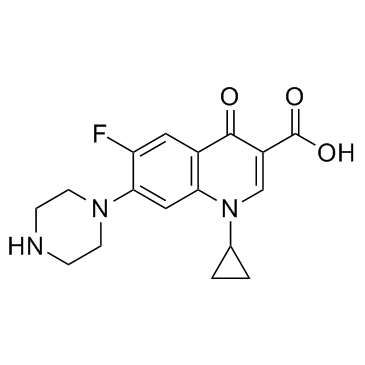| Structure | Name/CAS No. | Articles |
|---|---|---|
 |
Formic Acid
CAS:64-18-6 |
|
 |
Sodium hydroxide
CAS:1310-73-2 |
|
 |
Diethyl ether
CAS:60-29-7 |
|
 |
Methanol
CAS:67-56-1 |
|
 |
3-Ethyl-2,4-pentanedione
CAS:1540-34-7 |
|
 |
Nalidixic acid
CAS:389-08-2 |
|
 |
Danofloxacine
CAS:112398-08-0 |
|
 |
Ciprofloxacin
CAS:85721-33-1 |